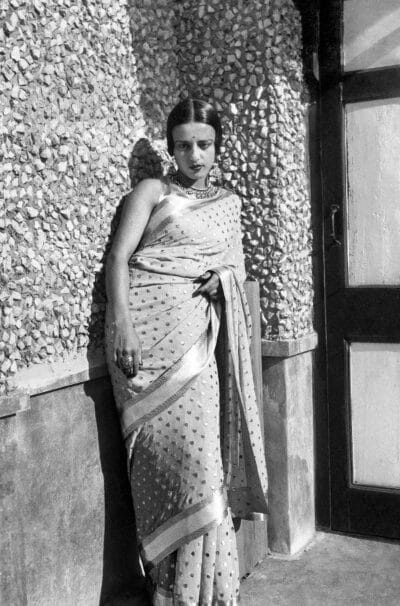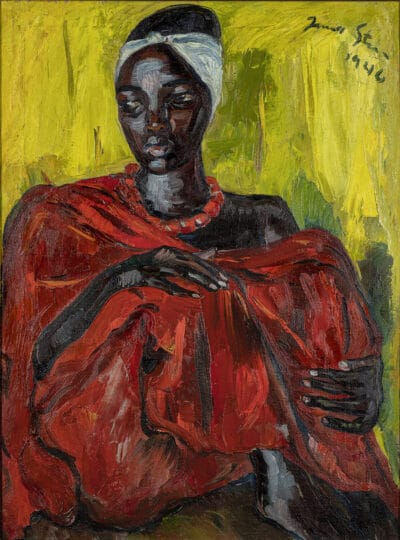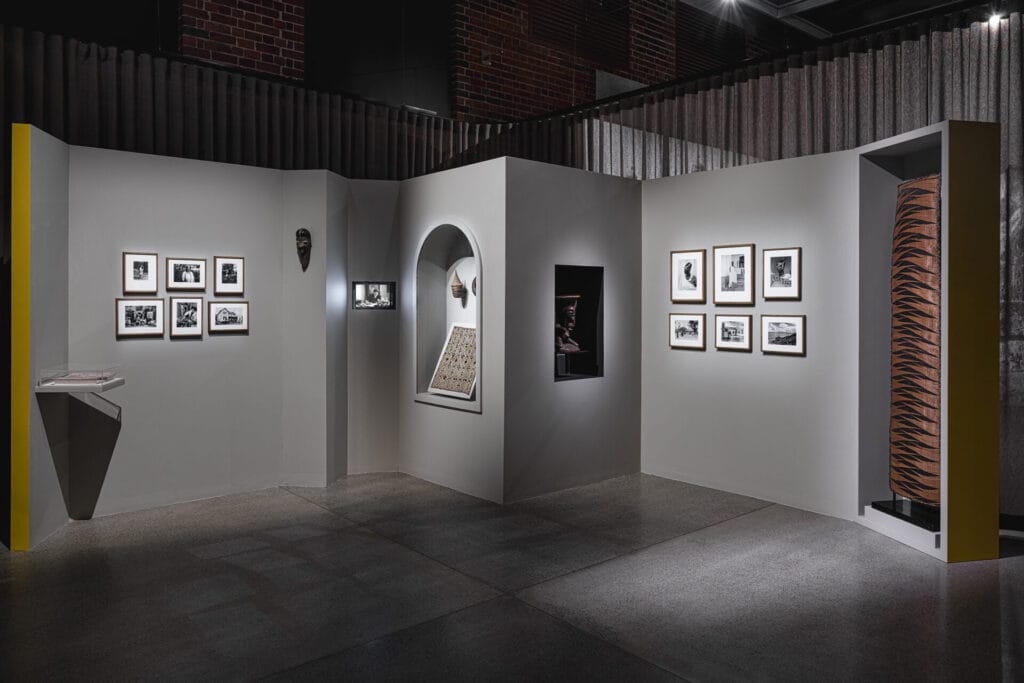
The Joburg Contemporary Art Foundation (JCAF) announces Kahlo, Sher-Gil, Stern: Modernist Identities in the Global South. The exhibition features the works of three seminal women artists, Frida Kahlo (1907– 1954), Amrita Sher-Gil (1913–1941) and Irma Stern (1894–1966), together in South Africa and in Africa, for the first time. Expounding on the lives and practices of these Modernist women artists, the exhibition aims to reposition their contribution to the rewriting of art history through their pioneering artistic production.
The lives of Kahlo, Sher-Gil and Stern overlap in a decade that lay between the two World Wars. From approximately 1930 to 1941, they were all affected in various ways by the grand unfolding of historical events between the end of colonialism and the advent of nationalism in Mexico, India, South Africa and the Congo.
In addition, all three artists have in common a mixed heritage that is inevitably represented in their work: Frida Kahlo was born in Mexico City to an immigrant German father and a Spanish-Mexican indigenous mother, Amrita Sher-Gil was born in Budapest to an aristocratic Sikh Indian father and a Hungarian-Jewish mother, while Irma Stern was born in Schweizer-Reneke (in the then Transvaal) to immigrant German-Jewish parents.
The exhibition design references the cultural and architectural heritage of each artist: the Pre-Columbian architecture of Mexico for Kahlo, Sikh and Mughal architecture in India for Sher-Gil, and Watusi Congo vernacular architecture for Stern. A simplified form is abstracted from the architecture to produce a singular motif that represents the artists, and offers a visual path for guests to follow.

Part 1 introduces the socio-political background events that were occurring during each of the artist’s lives as pioneers of modernity in the Global South.
Part 2 introduces documentary material comprised of photographs, films, diaries and objects that situate each artist’s practice within specific personal and socio-cultural contexts. The content reveals a transformative narrative for each artist, from childhood into adulthood and from early European influences to that of an embodied local indigenous identity formation.
Part 3 consists of the three paintings, each contained within its own uniquely designed self-contained space based on the contextual architectural motifs.
“This exhibition,” concludes Kellner, “explores ways in which these extraordinary artists were shaped by the histories that made them and how they too helped to shape history.”

Joburg Contemporary Art Foundation
No 1 Durris Rd, Forest Town, Johannesburg, 2193, South Africa
